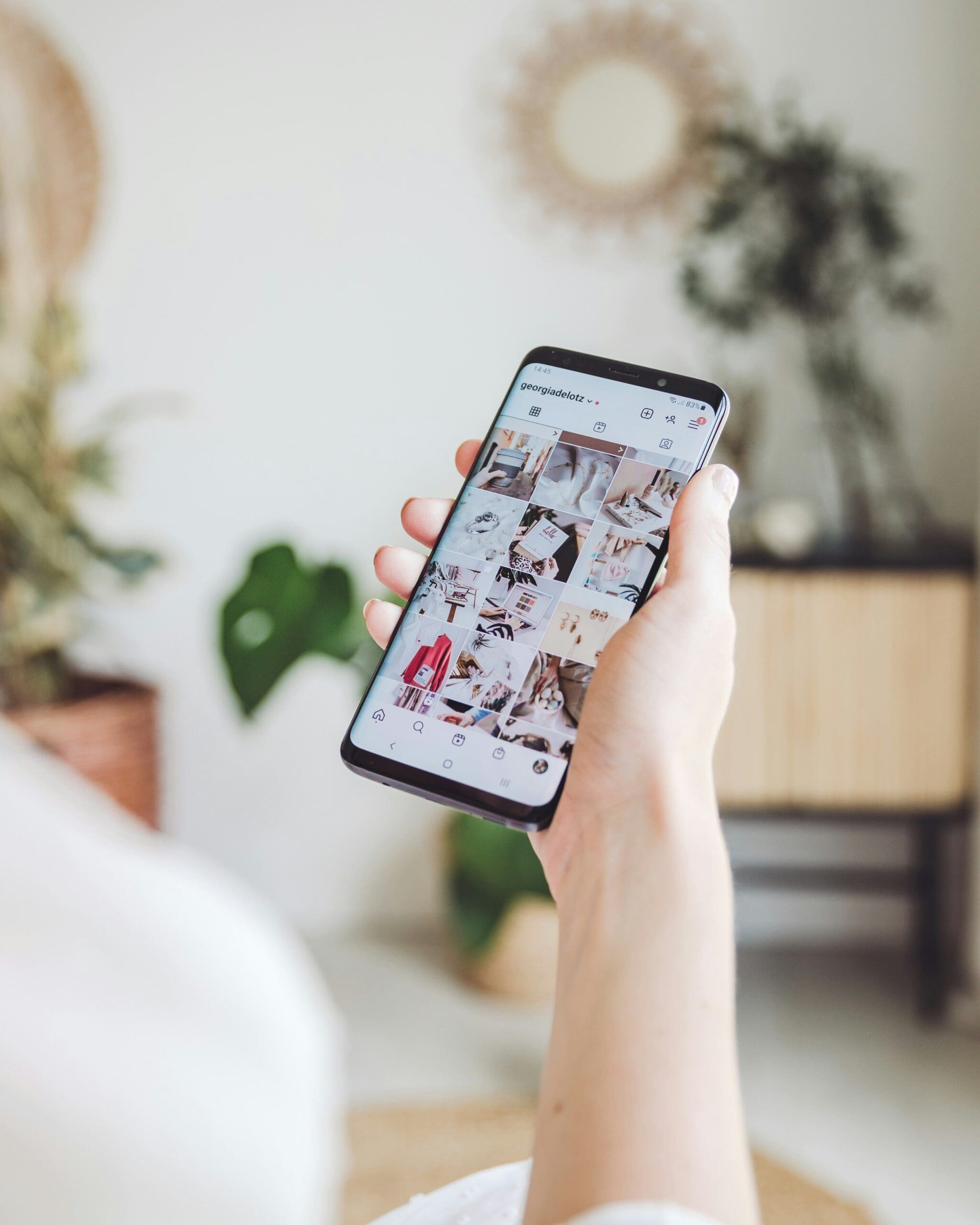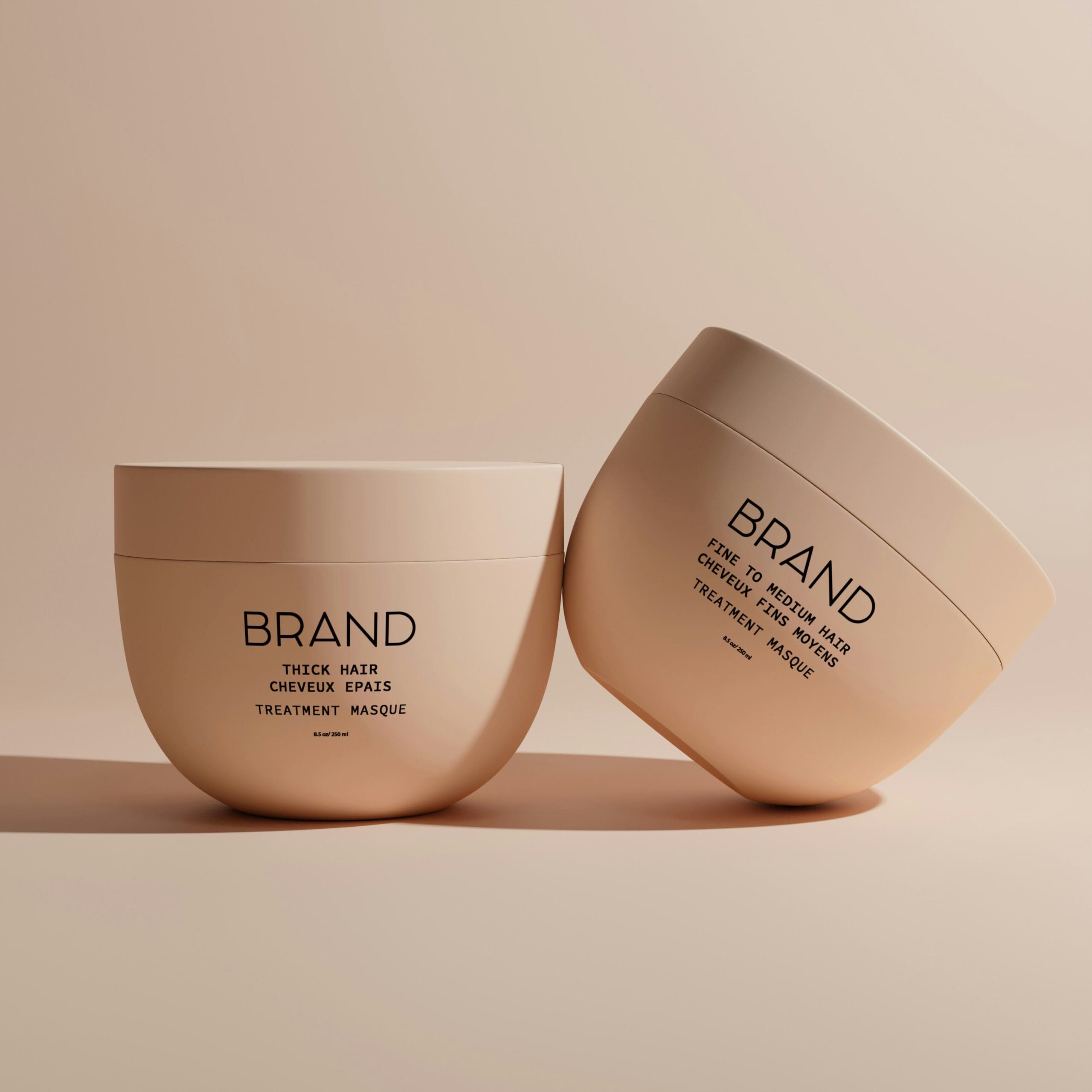Minority-owned beauty brands are not just redefining the industry—they’re decolonizing it. Rooted in cultural identity and often born from personal necessity, these brands carry the dual responsibility of honoring heritage while competing in an increasingly global and saturated market. The result? A distinct edge, but also unique branding challenges.
At Bleum, a digital marketing agency created by and for multicultural beauty and lifestyle entrepreneurs, we’ve helped diaspora-owned brands navigate this tension and transform it into a brand advantage. We know that for these founders, branding isn’t about jumping on trends—it’s about storytelling, legacy, and alignment. This is your branding blueprint: a culturally conscious, conversion-driven guide designed for minority-owned beauty brands ready to own their narrative and elevate their market presence.
Begin with Cultural Context, Not Just Color Palettes
For multicultural brands, branding starts with context. Your origin story matters—not only for emotional resonance, but for differentiation. In an era of mass-produced sameness, cultural specificity becomes your intellectual property.
Too often, brands fall into the trap of surface-level representation: a pattern, a name, a reference. True cultural branding goes deeper. It involves understanding the rituals, values, aesthetics, and lived realities behind your products. It means centering voices from your community—not just in visual branding, but in brand strategy.
From an SEO and content perspective, this deep-rooted cultural fluency allows for richer storytelling and more meaningful audience targeting. It’s how you speak directly to your people and let the world listen in.
Define Your Brand Archetype and Market Positioning
PoC founders often have to wear multiple hats—visionary, educator, product developer, cultural ambassador. But your brand can’t be everything to everyone.
Defining a clear brand archetype helps ground your messaging, tone, and aesthetics. Are you The Nurturer, rooted in ancestral wellness? The Creator, pushing the boundaries of texture and pigment? The Sage, offering cultural education alongside beauty solutions?
When paired with competitive positioning—who you’re serving, what need you’re fulfilling, and how you’re different—your brand becomes a magnet, not just a mirror. This clarity also sets the stage for product development, influencer partnerships, and campaign strategies that convert.
Invest in Naming, Packaging, and Language with Intention
For minority-owned beauty brands, language holds power. From the name of your brand to the words on your packaging, every detail contributes to how your culture is received, respected, and remembered.
Names in native languages or with cultural significance should be treated with care, both in meaning and pronunciation. Consider how it reads on social media handles, in press, and across packaging. Avoid compromising linguistic integrity for palatability.
Packaging, too, should reflect both form and function. Is it designed for the unique textures, ingredients, or usage rituals your community embraces? Does it stand out on shelves without erasing its roots?
Intentionality here isn’t just about aesthetics—it’s about building equity and resonance in global beauty conversations.
Educate Without Explaining Yourself
There’s a fine line between educating and over-explaining. Multicultural brands are often expected to make their cultural references legible to a Western or white gaze. But your role is not to decode your heritage for mass consumption—it’s to lead with authenticity.
Use storytelling, content strategy, and UX design to create layered experiences. Your website, email flows, and social content can offer cultural context through founder stories, ingredient spotlights, or ritual-based tutorials. But you get to set the terms.
Remember: the right audience doesn’t need your story diluted to understand it. They just need to feel it’s real.
Balance Visibility with Brand Integrity
Going viral might spike your numbers, but staying aligned with your brand purpose builds long-term value. As a diaspora-owned beauty brand, you’ll encounter opportunities that challenge your boundaries—media features that flatten your identity, partnerships that feel opportunistic, or sudden audience growth that demands scalability.
This is where a brand blueprint becomes your filter. Use it to vet collaborations, product launches, and pivots. Ask: Does this align with our values? Does this honor our community? Does this deepen our impact?
Your growth doesn’t have to come at the cost of integrity. In fact, integrity is your greatest growth strategy.
Build Community, Not Just Customers
Multicultural branding thrives on community—not just commerce. Your audience likely sees your products as more than beauty—they’re reminders of home, identity, pride.
Use this to build relational marketing strategies. Feature community stories, co-create content, and invite dialogue. Reward loyalty with cultural touchpoints that feel seen, not sold to. Think WhatsApp-style customer support, founder letters in native languages, or virtual events rooted in tradition.
These aren’t tactics—they’re trust-building tools that deepen brand love and reduce churn.
Measure Success on Your Own Terms
Finally, resist the urge to chase conventional beauty metrics. What works for a legacy brand won’t always apply to a diaspora-owned one.
Instead of just monitoring impressions or engagement, track:
- Cultural relevance (Are we in the conversations that matter?)
- Sentiment (How do people feel about our message?)
- Community growth (Are we nurturing loyalists, not just followers?)
- Conversion from storytelling touchpoints (What story led them to click ‘buy’?)
At Bleum, we use these benchmarks to help clients build not just beautiful brands—but enduring ones.
Final Thoughts: Your Brand is a Bridge
Diaspora-owned beauty brands are bridges—between generations, geographies, and worlds. Your branding should honor that complexity and amplify it with clarity.
At Bleum, we partner with founders like you to create culturally competent, data-informed, and emotionally resonant branding systems. Not because it’s trendy—but because it’s time. If you’re ready to build a brand that’s rooted in culture and built for conversion, we’d love to hear your story. Let’s build something with soul—and strategy.



Read the Comments +